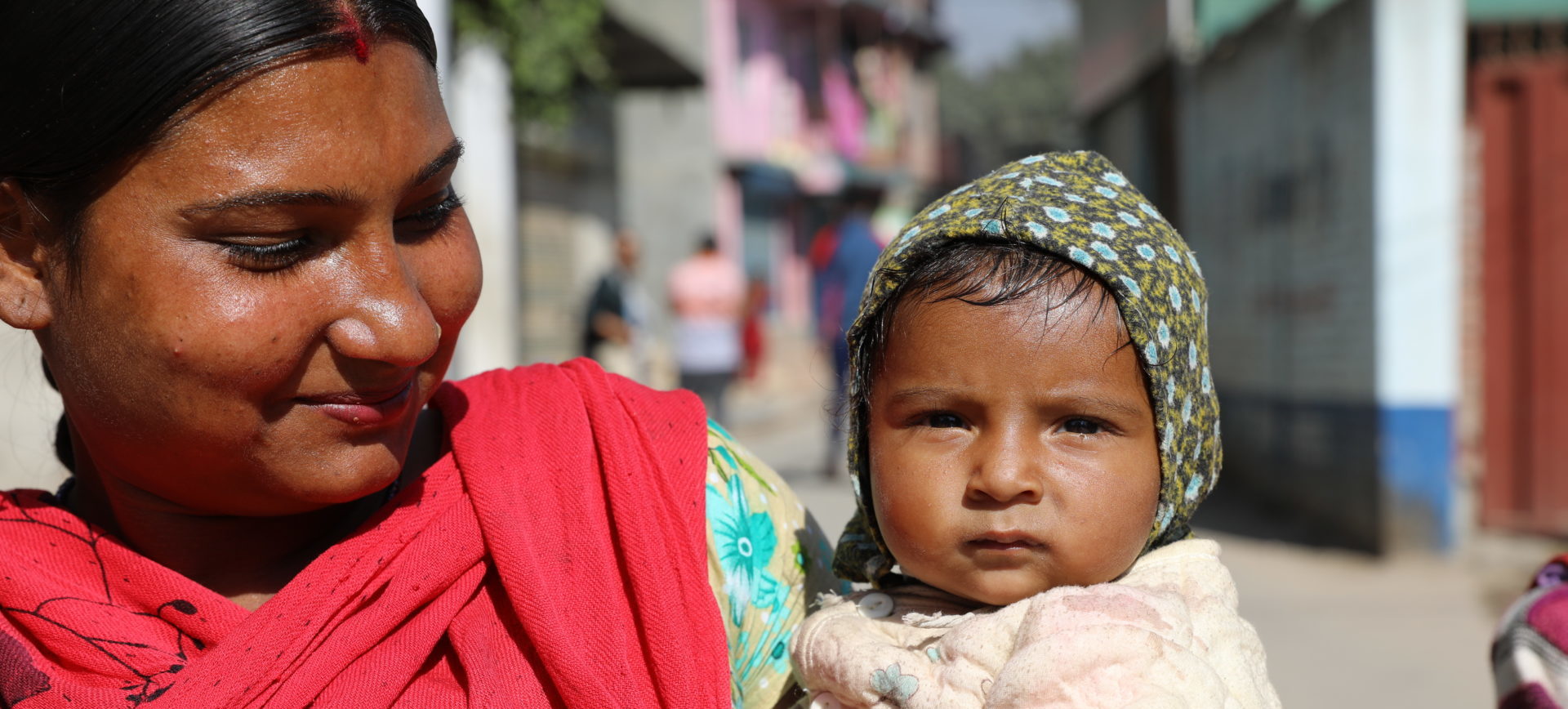
A woman holds her baby in Nepal
Lisa Shannon
Maternal Morbidity and Mortality
Early and frequent childbearing have serious consequences for maternal and child health and survival. Every year, nearly 300,000 women die from pregnancy-related causes—up to 31,000 of them from unsafe abortions. Nearly all of these deaths occur in the developing world.
The situation is even worse for teenage girls, whose bodies often haven’t developed enough to safely accommodate a pregnancy or to endure childbirth. Tragically, complications from pregnancy and childbirth are the leading cause of death worldwide for girls ages 15-19.
In addition to early childbearing, frequent childbearing takes its toll. This is the reason birth spacing is encouraged by reproductive health professionals, especially in low-resource settings. The Mayo Clinic recommends waiting 18 to 24 months after giving birth before becoming pregnant again. Of course, for most couples, this will mean they need to use contraception during that time to avoid pregnancy sooner than is safe.
Three-quarters of maternal deaths are due to severe bleeding, infections, high blood pressure, delivery complications, and unsafe abortion. This is especially tragic because most of these deaths could be prevented with the care during pregnancy and childbirth of skilled providers who have access to appropriate medicines and sterile equipment. The World Health Organization (WHO) stresses:
To avoid maternal deaths, it is also vital to prevent unwanted pregnancies. All women, including adolescents, need access to contraception, safe abortion services to the full extent of the law, and quality post-abortion care.
Also according to WHO:
Women in less developed countries have, on average, many more pregnancies than women in developed countries, and their lifetime risk of death due to pregnancy is higher. A woman’s lifetime risk of maternal death is the probability that a 15-year-old woman will eventually die from a maternal cause. In high income countries, this is 1 in 5,400, versus 1 in 45 in low-income countries.
Pregnancy and childbirth, even when they don’t cause death, often lead to illness, injury, and disability. The United Nations estimates that for every woman who dies of pregnancy-related causes, 20 women experience pregnancy-related morbidity. One of the main types of maternal morbidity is obstetric fistula—an injury that can occur during obstructed labor wherein a tear occurs between the reproductive tract and either the urinary tract or rectum. This causes urine or feces to leak out through the vagina, which often leads to infection, chronic pain, and community shunning. Up to 100,000 women a year develop this traumatic birth injury.
Infant and Child Morbidity and Mortality
Early childbearing isn’t only risky for mothers—it also increases risks to newborns, including low birth weight, preterm delivery, and severe neonatal conditions. Frequent childbearing is dangerous to children as well—high fertility and poverty are closely correlated with infant and child death. The countries with the highest infant mortality rates have some of the highest fertility rates and lowest per capita incomes in the world. The primary causes of infant and child death are infectious diseases, diarrhea, and preterm birth, with malnourishment exacerbating the risk of death from these causes.
Lower fertility, achieved through later marriage and pregnancy, healthy birth spacing, and ending childbearing when desired family size is achieved is a central key to achieving the declines in maternal and child mortality called for in Sustainable Development Goal 3 (ensure healthy lives and promote well-being for all at all ages).
Relevant SDG Targets
By 2030, reduce the global maternal mortality ratio to less than 70 per 100,000 live births
By 2030, end preventable deaths of newborns and children under 5 years of age, with all countries aiming to reduce neonatal mortality to at least as low as 12 per 1,000 live births and under-5 mortality to at least as low as 25 per 1,000 live births
By 2030, ensure universal access to sexual and reproductive health care services, including for family planning, information, and education, and the integration of reproductive health into national strategies and programs
